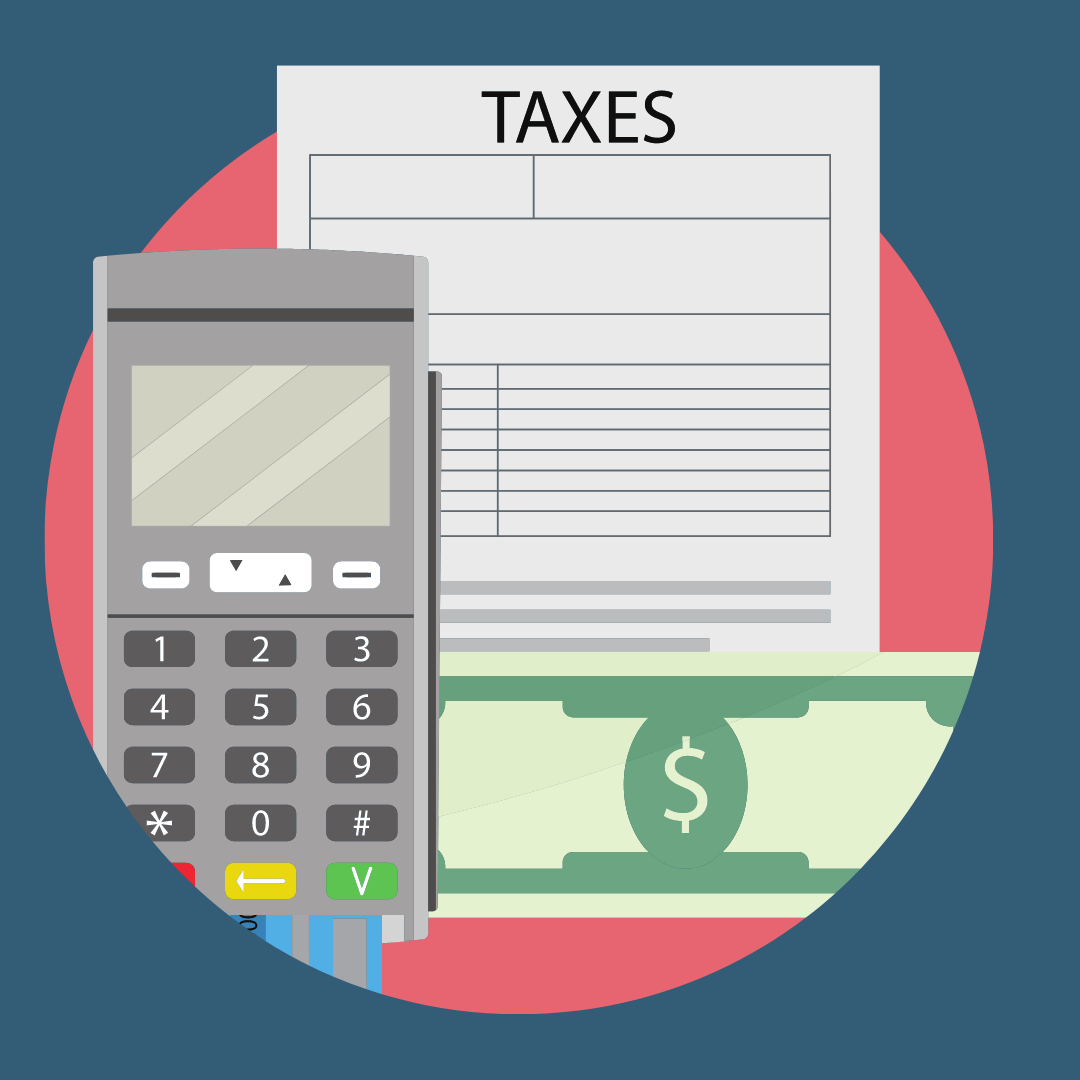
Service Info:
- Short Name : TDS
- Category : Income Tax
- Subcategory : TDS
- Amount : ₹0.00
TDS is basically a part of income tax. It has to be deducted by a person for certain payments made by them.
Service Description:
Introduction:
TDS or Tax Deducted at Source is income tax reduced from the money paid at the time of making specified payments such as rent, commission, professional fees, salary, interest etc. by the persons making such payments. Usually, the person receiving income is liable to pay income tax. But the government with the help of Tax Deducted at Source provisions makes sure that income tax is deducted in advance from the payments being made by you. The recipient of income receives the net amount (after reducing TDS). The recipient will add the gross amount to his income and the amount of TDS is adjusted against his final tax liability. The recipient takes credit for the amount already deducted and paid on his behalf.
TDS has to be deducted at the rates prescribed by the tax department. The company or person that makes the payment after deducting TDS is called a deductor and the company or person receiving the payment is called the deducted.
It is the deductor’s responsibility to deduct TDS before making the payment and deposit the same with the government. TDS is deducted irrespective of the mode of payment–cash, cheque or credit–and is linked to the PAN of the deductor and deducted.
TDS is deducted on the following types of payments:
- Salaries
- Interest payments by banks
- Commission payments
- Rent payments.
- Consultation fees
- Professional fees
However, individuals are not required to deduct TDS when they make rent payments or pay fees to professionals like lawyers and doctors.
How to upload TDS statements
Follow the below guide for uploading TDS statements on the Income Tax Department website:
- Visit Income Tax website. Login with your TAN.
- Select e-File > Income Tax Forms > File Income Tax Forms on the dashboard
- Select the relevant form and fill in the details
- Validate the return using either DSC or EVC.
Frequently Asked Questions
What is the responsibility of the person deducting tax at source?
A person who deducts TDS is responsible for the below:
- Obtain the Tax Deduction Account Number and mention it in all the documents pertaining to TDS.
- Deduct the TDS at the applicable rate.
- Deposit the TDS amount with the Government within the specified due date.
- File TDS returns within the specified due date.
- Issue the TDS certificate to the payee within the specified due date.
At what rate the deductor will deduct TDS if I do not furnish my Permanent Account Number to them?
????????As per Section 206AA of the Income Tax Act?, if you do not furnish your Permanent Account Number to the deductor, then the deductor shall deduct TDS at the higher of the rate prescribed in the relevant provisions of the Act or at 20%.
What is the difference between TAN and PAN?
- ????????P?AN is a Permanent Account Number and TAN stands for Tax Deduction Account Number.
- TAN should be obtained by the person responsible to deduct TDS, i.e., the deductor. The deductor is required to quote TAN in all the documents relating to TDS.
- However, there is an exception- in the case of TDS on the purchase of land and building under Section 194-?IA, the deductor is not required to obtain TAN and can use PAN for remitting the TDS.?
- Also, in the case of TDS on rent as per Section 194-?IB, and TDS on payment of certain sums by Individuals or HUFs as per Section 194M, the deductor can use PAN instead of TAN for remitting TDS.
What are Sections 206AB and 206CCA?
The Finance Bill, 2021 introduced these provisions for deduction and collection of income tax at source at such higher rates if any sum is paid or payable to a specified person who did not file the IT return. Section 206AB is on TDS and inserted after section 206AA of the IT Act. It allows deduction of TDS at higher rates on those buyers who do not submit the Permanent Account Number (PAN). Likewise, Section 206CCA is on TCS and was inserted after section 206CC of the IT Act, with the same explanation as above. To know more, read our article on “Sections 206AB and 206CCA”.
How many types of TDS are there?
There are several types of TDS defined by the law. To know more, read our article with a summarised table on various TDS types “TDS Rate Chart”.
What is the TDS rate on salary?
Every employer must deduct TDS on salary at what is known as the ‘average rate of income tax’ of the employee for the year. It is denoted as Average Income tax rate = Income tax liability (arrived at based on slab rates) divided by the employee’s predictable income for the assessment year.

